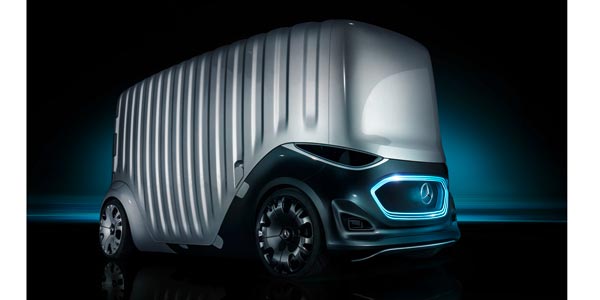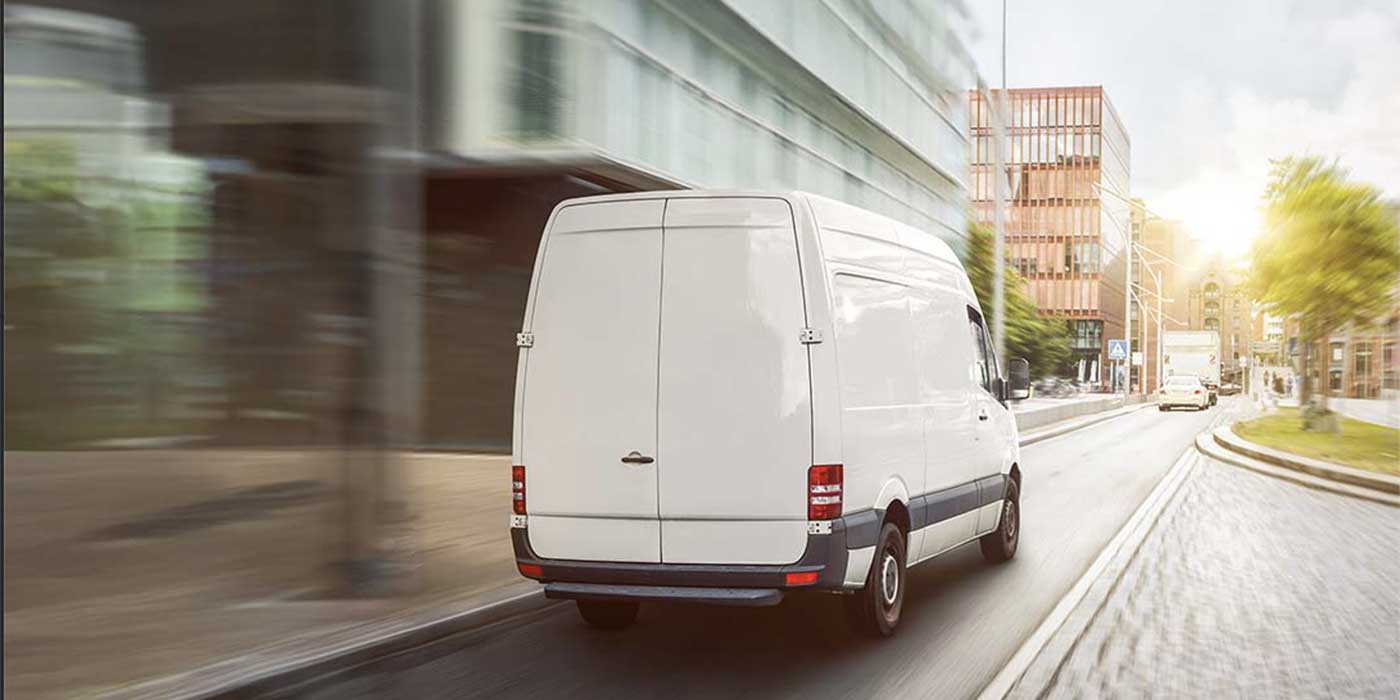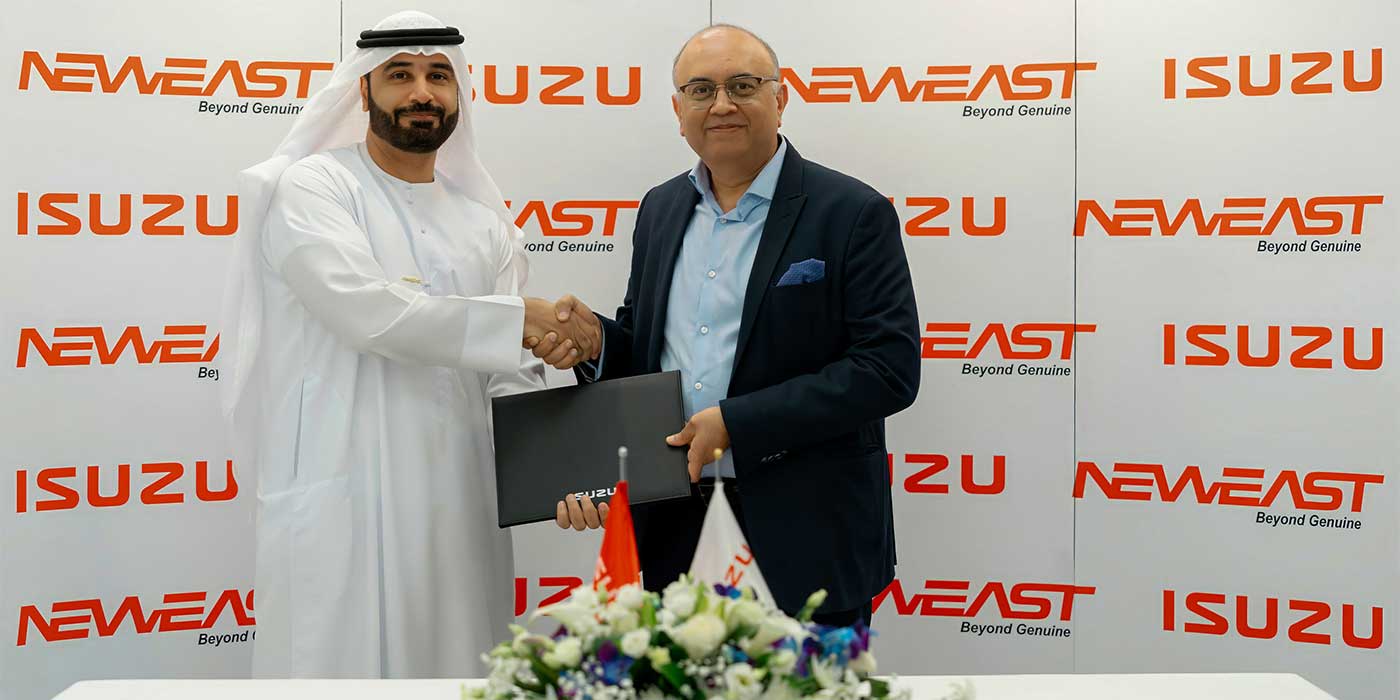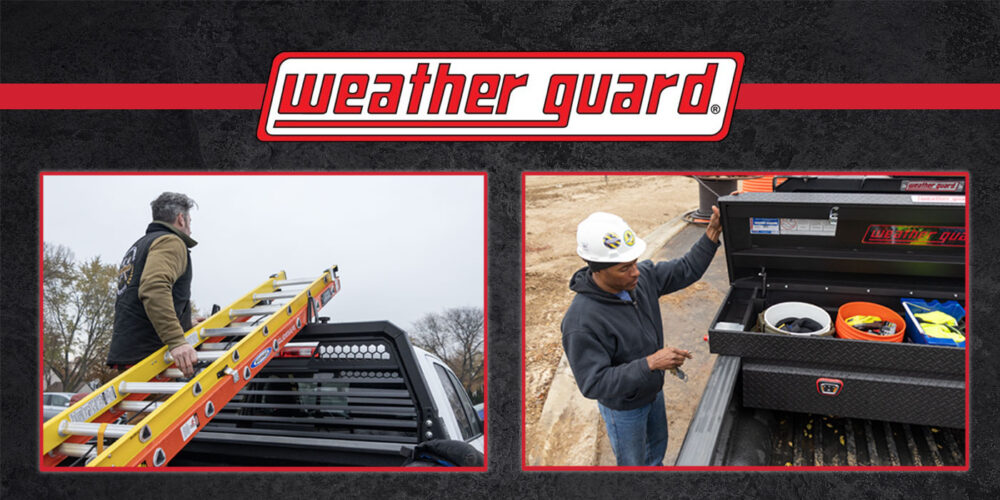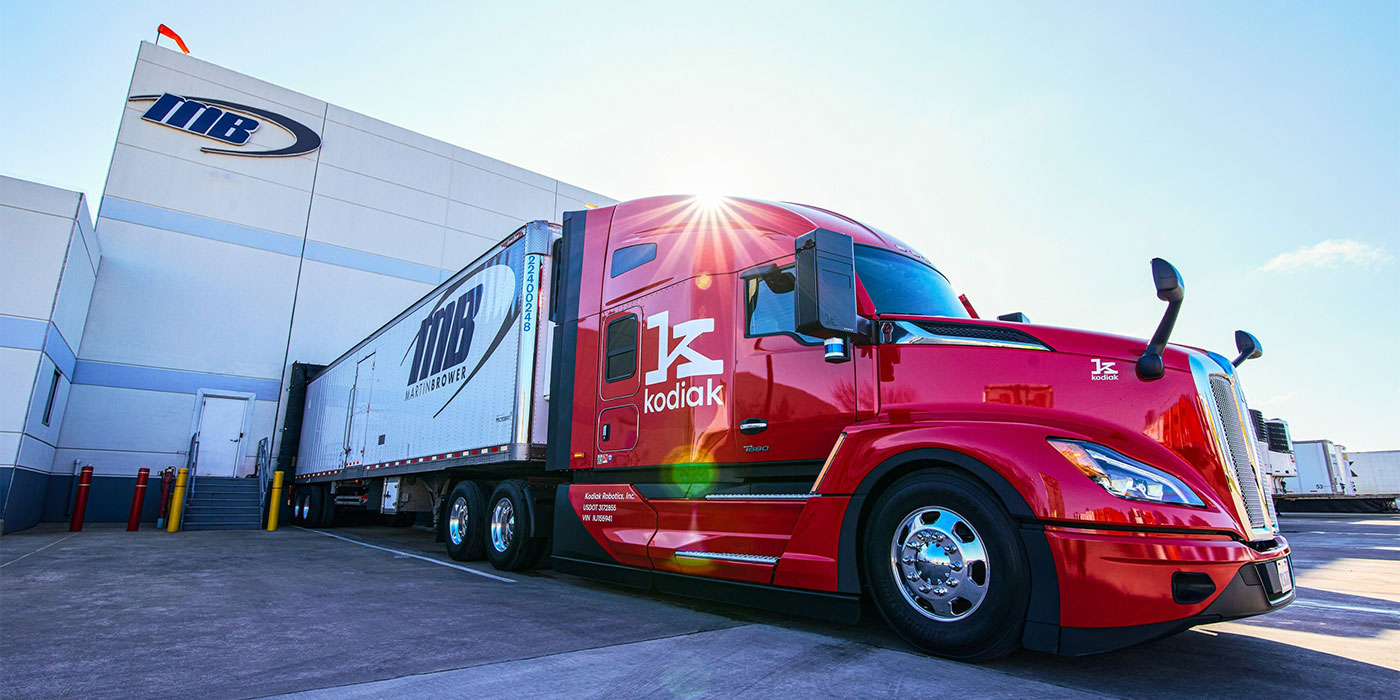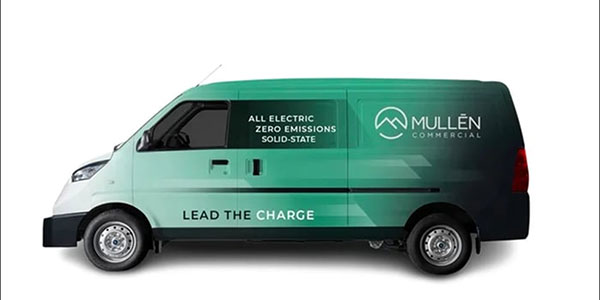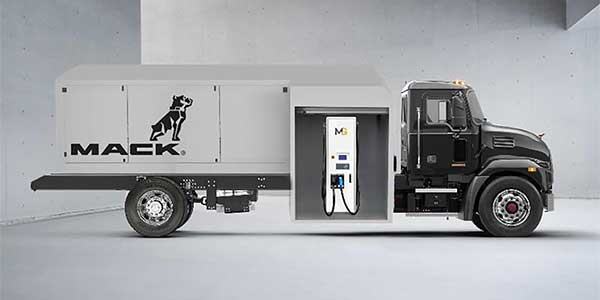Setting its sights on the future, Mercedes-Benz Vans recently rolled out an urban commercial vehicle concept it is calling Vision Urbanetic. The concept, the company noted, addresses the inherent challenges found in urban operating environments with solutions for meeting equipment needs and operational issues.
At the core of the Vision Urbanetic mobility concept is a new vehicle based on an autonomous, electrically powered driving platform that can be fitted with different interchangeable bodies for moving goods or people. The vehicle is part of an ecosystem in which current commercial transport needs are managed and fulfilled digitally.
The Vision Urbanetic vehicle, according to Mercedes-Benz Vans, is a 17-ft. all-electric chassis that can be fitted with either a 12-ft. cargo carrying body or a 12-passenger module. At the same time, the networked vehicle incorporates an IT infrastructure with full connectivity that uses local information and intelligent controls to plan routes flexibly and more efficiently, resulting in a considerable improvement in the use of fleet resources.
The analyses of current transport supply and demand needs within a defined area are not based on rigid routes or fixed timetables, the company added. Instead, the Vision Urbanetic system has a self-learning ability for anticipating and reacting to needs, optimizing operations to shorten waiting or delivery times and avoid traffic delays.
“Vision Urbanetic is a mobility platform in the truest sense of the word,” said Volker Mornhinweg, head of Mercedes-Benz Vans. “We have developed a vision that makes commercial sense for companies. Together with our customers, we are field testing technology elements and groundbreaking concepts for future urban commercial vehicle mobility.”
Vision Urbanetic is also an expansion of the Mercedes-Benz Vans adVANce strategy’s “Autonomous@Vans” initiative. According to the company, that underscores what it sees as the crucial importance of autonomous driving to the future transportation of goods.
With adVANce, Mercedes-Benz Vans is focusing on connectivity and IoT applications, which enable integration of a wide range of technologies into vehicles, as well as on-demand mobility concepts for the goods transport industry. To speed up loading and unloading processes, for example, the company is working on developments in automated cargo space systems for delivery vehicles.
“The objective of the adVANce strategy is to identify innovative solutions for today’s and tomorrow’s requirements together with vehicle users,” Mornhinweg said. “The goal is to create added value for customers in the areas of efficiency, speed and sustainability, and to develop new solutions quickly.”
The adVANce strategy also includes long-term cooperative agreements with up-and-coming startups aimed at systematically developing ideas in different fields of innovation. “Together, we are able to combine our strengths and the knowledge we have acquired over the course of decades with new perspectives, work methods and ideas,” explained Mornhinweg. “We have found an integrated approach that keeps pace with changing requirements, and will even be a step ahead of them.”
Alongside Vision Urbanetic, Mercedes-Benz Vans is showcasing its new Sprinter models. Included are panel van and chassis cab front-wheel, rear-wheel and all-wheel drive versions with low-emissions diesel engines and all-electric powertrains. There is also a concept Sprinter F-Cell fuel cell drive model.
The newest Sprinter is part of a product family that includes the Vito and V-Class, Citan and X-Class models. Across this range, Mercedes-Benz Vans is also pushing forward with the electrification of its commercial vehicle models by incorporating tailor-made total system solutions. As a result, along with the Vision Urbanetic model, the company will begin delivering the electric eVito at the end of this year, with the eSprinter following in 2019.
“We are clearly demonstrating that we are not satisfied with what we have today,” Mornhinweg said. “We are expanding our strategy to go beyond products, we are adapting our organization and cooperation models, and we are continuing to invest in innovative power solutions. The universe of our customers is changing dramatically and rapidly, so we are getting ready early and comprehensively.”

